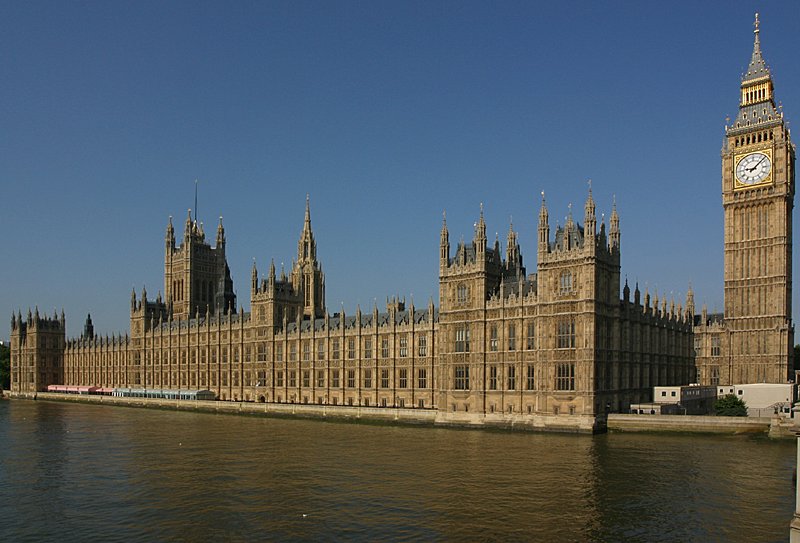Unit Summary.Reflections.

Unit Summary : Reflections
The past unit we talked about the alternatives that architectures were shifting towards. This idea of alternating ideas and theories gave the art of architecture a whole new horizon to look at. Roth says, “ The modern epoch is characterized by several encompassing trends”(Roth 439). I believe Roth refers to “encompassing trends” as the “alternative world”. We can say that Modernism was born from different interpretations/reflections of the classical, gothic, baroque, and many other architecture styles.
Modernism, also known as Age of Enlightenment, was basically promoted by a precipitated change in the social structure in society. A growth rate of population, industrial production, and transportation made an enormous influence in architecture. Roth says, “Taking together, these changes in population growth, industrial production, and transportation produced a growing middle class, the likes of which had never existed before. This social class would become significant patrons of architecture in the next century”(Roth440). I believe that Roth is completely right in saying that the middle social class will begin itself a new form of architecture. The fact that a middle class had emerged a completely new type of buildings and houses was true. Not everybody could afford the big palaces the king had, and not everyone had the time to wait for a beautiful decorated enormous house. Then new practical, fast and simple houses and buildings were created. Architecture became simply to its purest, that is, a simple structure that could provide the fundamental human needs was more than enough.
All this change in social class was because of the Industrial Revolution. The economy became the biggest factor for people to move into cities, create families, couple with early marriages. All these people wanted to live in the city and be part of this revolution. From this reality several of people interpreted architecture in their own ways in order to fit in society. For Atienne-Louis Boullee, architecture as just a symbolic structure could evoke a sense of funtion. For some others, Roth says, “The atifice of Rococo and architecture came viewed as symptomatic of the artificiality and corruption of what was called the ancien regime” (Roth 441). Even philosophers advocated radical change in society and therefore in architecture as well. What I am trying to get to say is that many people tried to approach architecture the best way possible for the new adaptation of Modern Era. By doing so, many interesting ideas came up and also strong opposing groups emerged against these ideas. For example the Aesthetic Movement vs. Arts and Crafts Movement. The Aesthetic Movement was an alternative solution, in the middle class, for a mass production of arts and crafts made in a cheap and fast way. Arts and Crafts movement was completely against this way of doings things. They believed that anything that is good made it had to be man-made. Massey says,” He [Morris] believed strongly that good design could only be produced by men and women working creatively with their hands (Massey 12). Therefore we can see a set of arguments made by people who agreed and not agreed with this type of movements.
In short, we can see that this unit demonstrates a re-enforcement of classical ideas and also a review of the way things are viewed and made. The introduction of cast and iron, of the machine, the growth of population made everything change. Many people admired the change and many people opposed it. The reality is that we can see how dependent everything is to one another. Architecturally and artistically things changed because of the social class and the need of practicality and speed in production. We can also see even today that the quality of cars, clothes, and food changes according to how much the costumer can pay. Therefore we see that this unit is all about reflection and making sure what is right and wrong. Modernism is the basic step to resettle the rules by creating new ones and reinforcing the old ones so that later we can explore them.
Labels: Opus Project
Post a Comment